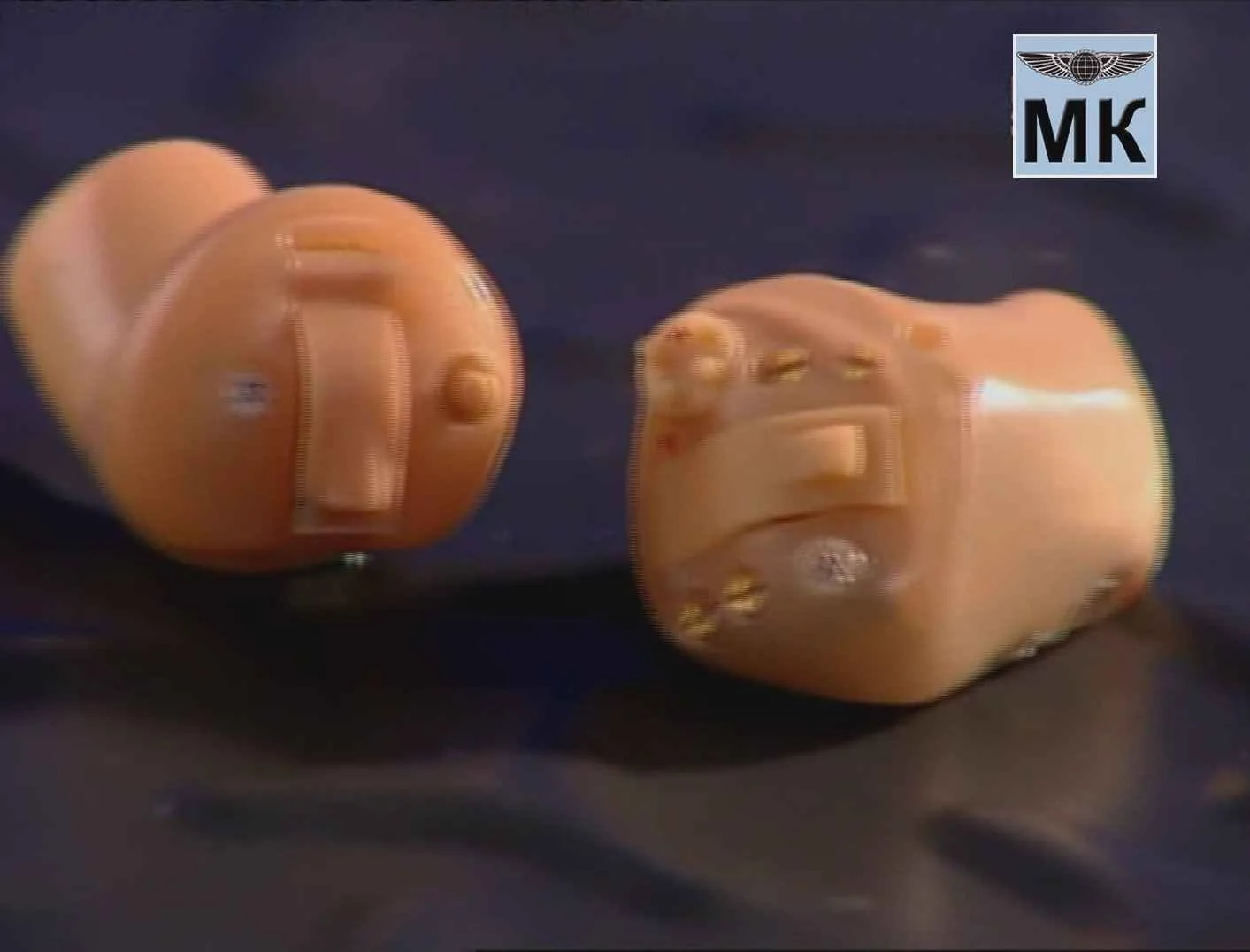
Persistent prejudice against hearing AIDS have developed over many years and due to the fact that before the advent of integrated circuits hearing AIDS were quite bulky, always noticeable and, most importantly, not effective.
Modern digital hearing AIDS differ from their predecessors of a decade ago, in size, design and, mainly, according to their capabilities. Today hearing AIDS can differently enhance loud and quiet sounds and sounds in certain frequency ranges (for a more accurate compensation of the individual features of hearing loss), to suppress noise and feedback (whistling). Constantly analyzing incoming audio signals, such hearing aid automatically changes the setting of its parameters (and there may be more than 300) in accordance with the surrounding sound environment. In addition, when digital signal processing virtually eliminates distortion and noise of the apparatus.
Best digital hearing AIDS are able to distinguish speech from surrounding noise, to emphasize and strengthen it, while suppressing uninformative background sounds. This greatly facilitates the understanding of speech, especially in difficult situations (e.g., crowded, noisy, echoing rooms).
However, it should be emphasized that for effective use of the possibilities of modern hearing aid it needs to help You choose and configure a qualified hearing care professional.
Atideo:

